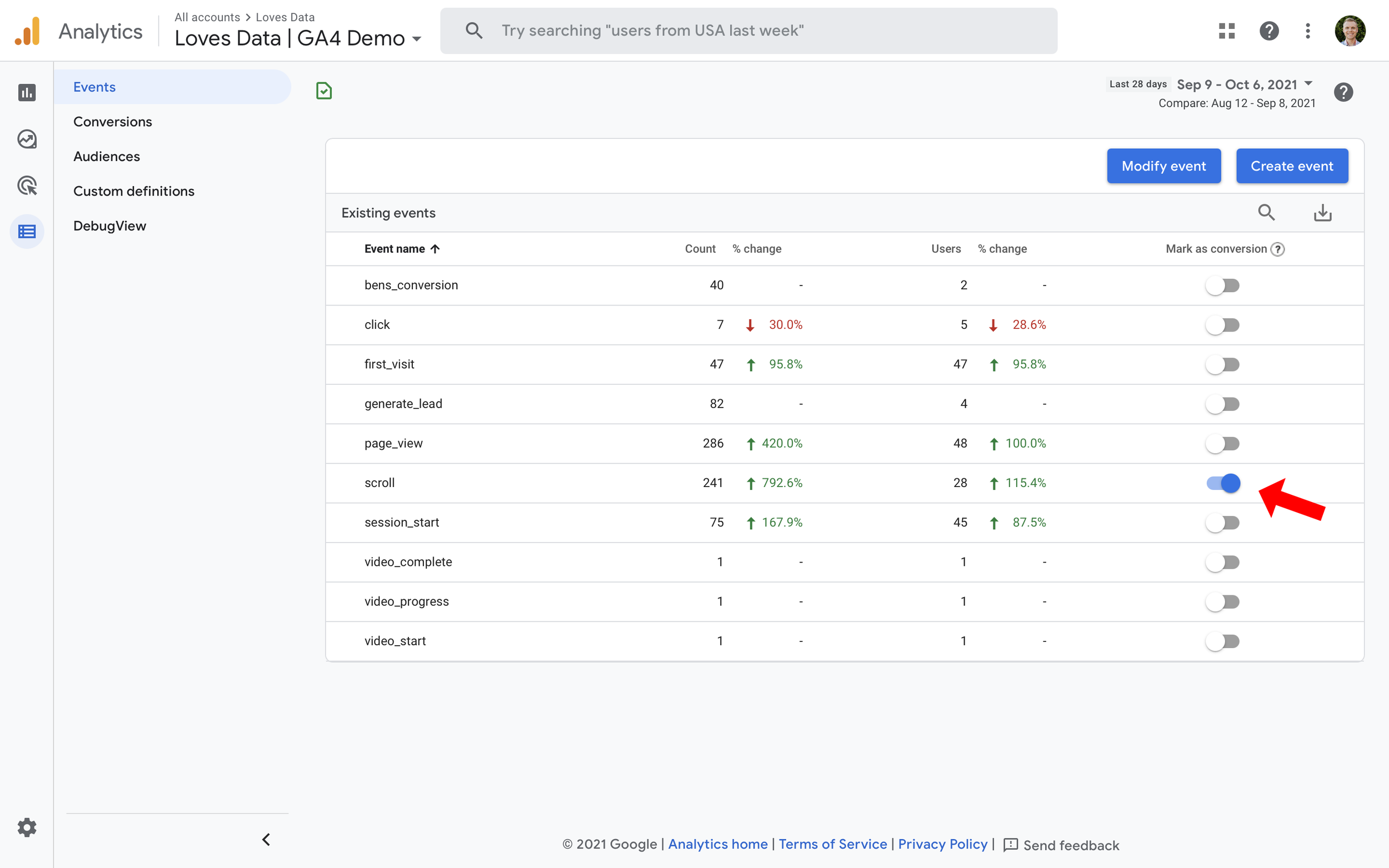How Google Analytics Event Tracking can Save You Time, Stress, and Money.
Facts About Google Analytics Event Tracking Revealed
Table of ContentsThe Best Strategy To Use For Google Analytics Event TrackingThe 8-Minute Rule for Google Analytics Event TrackingThe 6-Second Trick For Google Analytics Event TrackingSome Known Questions About Google Analytics Event Tracking.Some Known Facts About Google Analytics Event Tracking.Google Analytics Event Tracking for Beginners
If you're going to establish event tracking by hand, then you're mosting likely to need to add some added code to the elements you want to accumulate data from. The code you're going to collaborate with will look something such as this: There are 4 elements within that code fragment that you're going to need to specify on your own: event, Classification, occasion, Activity, event, Tag and event, Value.
As you can see, two of these are called for (group and activity) while tag and value are optional. It all depends on the kind of info you desire communicated back to Google Analytics when a customer clicks on the defined aspect (Google Analytics Event Tracking). It will certainly be much easier to define these elements if you evaluate your website and choose which elements/actions you wish to track
The smart Trick of Google Analytics Event Tracking That Nobody is Discussing
Now, you'll be asked to define the and and you'll wish to pick from the drop-down food selection that shows up when you click. This will bring up the same occasion monitoring elements we checked out earlier, which you'll need to complete. Once you have actually specified these, you can relocate down to the second box and pick the trigger that will certainly terminate your tag.
On the next display, you'll additionally have a field for naming your trigger and, if you click package, you'll see a listing of the different triggers you can select. In this instance, we wish to choose and then pick the choice listed below. After that you'll set the trigger to only terminate when a component is clicked with an URL which contains the.
Every internet site talks. Prior to data analytics, we couldn't hear the voices of our sites. However how do you understand what your website find more information is claiming? Straightforward - Event monitoring! Event monitoring provides you an image of just how individuals involve with your site and business (Google Analytics Event Tracking). Do you need to know more? Then, keep reading as we explore whatever you need to understand, including what it is, why you should track occasions, how to handle occasions data, and various other relevant Frequently asked questions you might have.
Google Analytics Event Tracking Things To Know Before You Get This
You can switch over in between your event categories, activities, and tags in the Top Events report. The Occasion Pages record shows the pages where occasions are activated.
Occasions in Google Analytics have 4 major components. Google Analytics utilizes these codes to track individual communications and team them into occasion records (Google Analytics Event Tracking).
A listing of the criteria you can track on your site is on the. After examining all required areas, you can click "X" to shut the window and return to the Introduction food selection on the.
Google Analytics Event Tracking Can Be Fun For Anyone

Picking "False" will prevent that session from being a bounce. If you haven't done so, you may need to establish a variable in the Google Analytics Settings box. Click "New Variable ..." if you can not discover one to choose. After this, enter your GA tracking ID in the Monitoring ID field.
To do this, comply with the next series of activities: After configuring the fields, pick the "Triggering" area. When configuring your moved here brand-new trigger, click the "+" button, then the "pencil" button, after that pick your trigger kind.
Some Known Details About Google Analytics Event Tracking

When it comes to knowing which areas and elements are assisting customers with your conversion channel, you still won't recognize. So, without event monitoring, GA records will just count brows through as single-page sessions, even if customers spend a great deal of time on one web page and engage with it dramatically (and a bounce).
How does event tracking achieve this?Single-page sessions understood as bounces start and wrap up on the exact same web page. Without occasion monitoring, GA will certainly identify a customer's visit as a bounce if they don't navigate to one more page, no matter exactly how they engage with it. For instance, a video-rich Going Here web page can have a greater bounce price if events are not tracked.
Google Analytics Event Tracking Can Be Fun For Everyone
For GA to take event hits into account when gauging bounce rates, you must pick "Non-interaction event" as "False" during the GTM arrangement. Setting "occasion objectives" with event activity is an outstanding method to track customer activities you worth extremely, such as brand-new lead submissions or clicks on a telephone call to action.